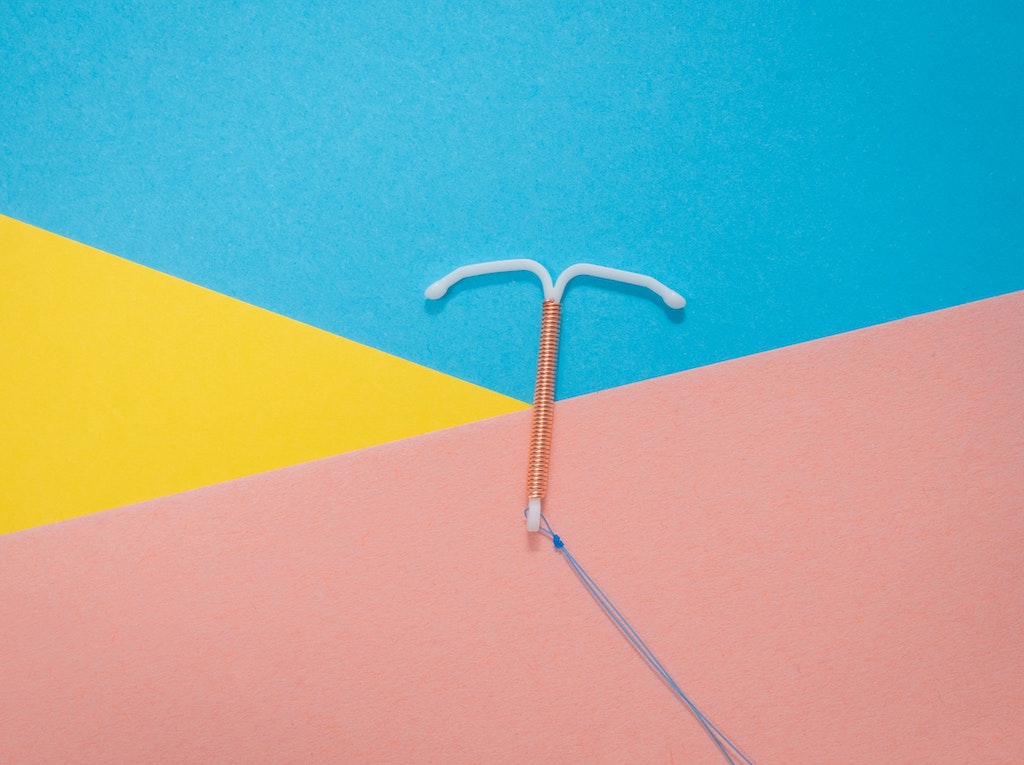IUD Coil Insertion
Last updated: January 12th, 2025

What is an IUD Coil Insertion?
An IUD coil insertion is when an IUD Coil is inserted into the uterus. IUD is short for Intrauterine Device - a contraception device. The device itself is made out of plastic and copper. It comes in the shape of a small T. The image above should guide you about what to expect in terms of shape and dimensions.
An IUD coil works by releasing copper into the womb. This alters the mucus in the cervix, making it difficult for sperm to reach an egg. IUD coils work differently than IUS coils. The latter release the progestogen hormone instead of copper.
And IUD coil is very effective and starts working the moment it's inserted. It can last anywhere between 5 to 10 years depending on the type of coil used.
Why do an IUD Coil Insertion?
IUD coils are inserted to prevent pregnancy. You can ask your GP or a competent medical health professional such as your Obst/Gynae about IUD coils.
When should you do an IUD Coil Insertion?
An IUD Coil can be inserted at any point during the menstrual cycle. The coil cannot be inserted if you are already pregnant.
You might have to wait if there’s an untreated STI (Sexually Transmitted Disease), an infection, or unexplained bleeding.
If you’ve just given birth, you may have to wait between 48 hours to 3 weeks, depending on your case. Note that IUD coils do not affect breastfeeding. And are safe to use while doing so.
IUD Coil Insertion procedure
The IUD coil insertion procedure is quite simple. The procedure itself lasts no longer than 5 minutes. The vagina is held open following the same procedure as in a smear test. The coil is then inserted through the vagina and into the womb.
Once the coil is fitted, you may get cramps and in some cases bleeding. In most cases, painkillers can ease some of the pain. It is advisable to ask your GP how is it best to handle this. If you experience any pain, higher temperatures, or an unusual discharge you might have an infection. Make sure you see your GP in that case.
A follow-up is usually carried out 3-6 weeks after the procedure. The doctor or Obst/Gynae will make sure everything is as it should be. They will also show you how to make sure that the coil has not moved and is still in place.